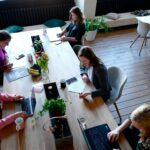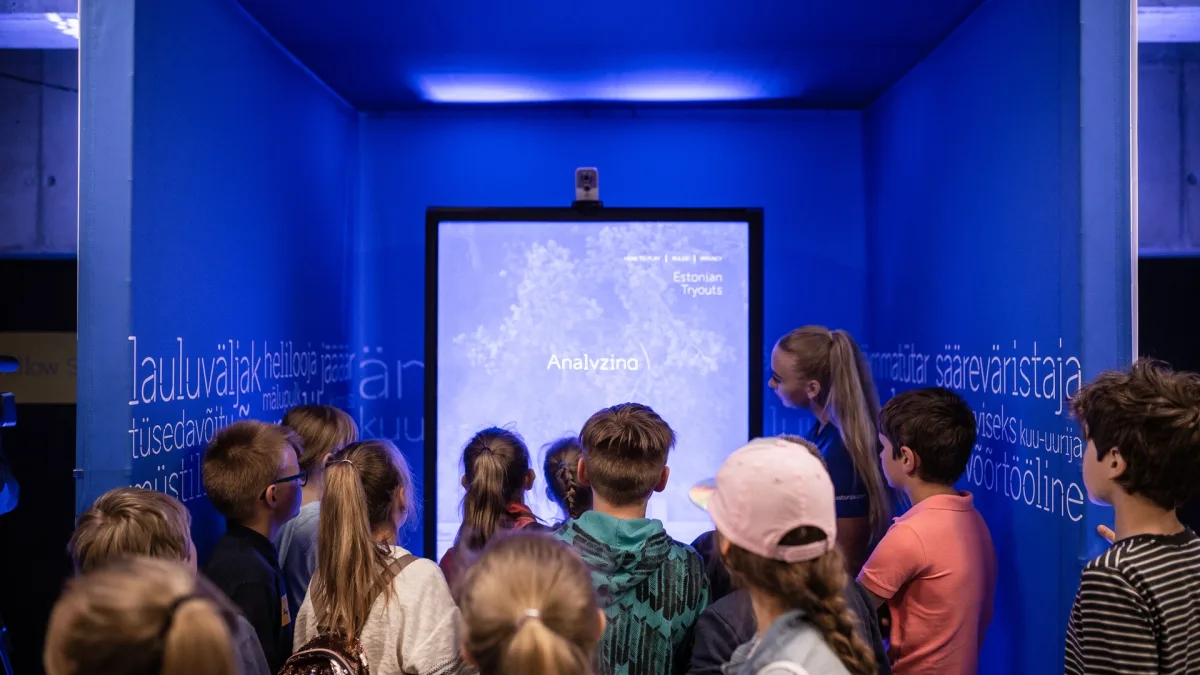Counterfeit pharmaceuticals are an escalating global crisis, exacerbating the fentanyl epidemic and putting millions of lives at risk. In the United States alone, counterfeit pills laced with fentanyl contribute to over 200 deaths daily, while in Europe, the problem is steadily worsening. Fake medicines not only endanger individual patients but also undermine trust in healthcare systems and supply chains.
Traditional drug testing methods are often slow, costly, and reliant on laboratory settings—making them impractical for frontline law enforcement and public health officials. Lightly Technologies, a Czech start-up, is changing that with a portable, AI-powered device that can detect and cross-match counterfeit drugs in minutes.
Now, with backing from the European Institute of Innovation and Technology (EIT) Health, the company is poised to scale its impact.
A breakthrough in forensic drug detection
At the heart of Lightly Technologies’ innovation is a patented UV fingerprinting method that allows for rapid, field-based identification of counterfeit medicines. Unlike conventional testing devices, which can confirm the presence of substances like fentanyl but lack deeper analytical capabilities, Lightly’s system creates a unique chemical fingerprint for each sample. This means law enforcement agencies and regulators can not only identify illicit drugs but also track global supply chains, linking shipments across continents.
“Our technology doesn’t just say ‘yes or no’ to whether a substance is fentanyl,” explains Monika Stepanova, CEO and co-founder of Lightly Technologies. “It can determine if a batch of fentanyl found in Prague is chemically identical to one discovered in San Diego last month. This is game-changing intelligence for authorities.”
The solution consists of three key components: a handheld device, single-use cartridges, and a global drug database. Field agents collect a sample, place it in a cartridge, and insert it into the device. Within minutes, the analysis is uploaded to a secure database, where it is compared against previous entries, enabling cross-border intelligence sharing.
An urgent global challenge
The scale of the problem is staggering. Counterfeit medicines account for up to 10 per cent of the global pharmaceutical market, according to the WHO, with illicit networks exploiting regulatory gaps and weak supply chains. In response, international law enforcement agencies—including Interpol and the US Drug Enforcement Administration (DEA)—are turning to technology-driven solutions like Lightly’s to gain the upper hand.
“Our work with Czech police first opened the door,” says Stepanova. “Then we were invited to showcase our technology to the DEA and Interpol, and we realised just how urgently this was needed.”
Yet working with law enforcement and government agencies presents its own set of challenges. Public sector partnerships, while impactful, often move slowly, delaying adoption and commercial scaling. To counterbalance this, Lightly Technologies is diversifying its applications, expanding into sectors such as water quality monitoring, counterfeit wine detection, and environmental analysis—all of which rely on the same UV fingerprinting technology.
The journey to this point has been anything but linear. The technology behind Lightly emerged from Mendel University in Brno, where scientist and co-founder Lukáš Šťastný first developed the method. Initially, the focus was on analysing wine authenticity and water purity, but a chance encounter with Czech law enforcement led to an entirely new application: drug detection.
Scaling the technology from an academic breakthrough to a market-ready product required significant support. That’s where EIT Health came in. Through the EIT Jumpstarter programme, Lightly Technologies gained crucial funding, business mentorship, and access to an influential network of healthcare and innovation experts.
Unlike software-based solutions, which can be iterated and deployed quickly, hardware innovation comes with complex manufacturing and scaling challenges. Building a robust, portable device required overcoming significant technical hurdles, including overheating components, miniaturisation, and durability testing for field conditions.
Huge potential
With Lightly Technologies now actively raising investment and preparing for mass production, the goal is clear: become the go-to technology for law enforcement agencies worldwide in the fight against counterfeit medicines.
“Long-term, we want to be the number-one technology for combating illicit drug trade and counterfeit pharmaceuticals,” says Stepanova. “But we also see huge potential in environmental monitoring, supply chain integrity, and consumer safety.”
As counterfeit medicines continue to flood global markets, scalable, technology-driven solutions like Lightly’s are more urgent than ever. With EIT Health’s backing and a rapidly growing network of partners, this Czech start-up is well on its way to reshaping forensic drug detection—one sample at a time.
Listen to the full conversation between Andrew Wrobel and Lightly’s Monika Stepanova:
Photo by Myriam Zilles on Unsplash.







